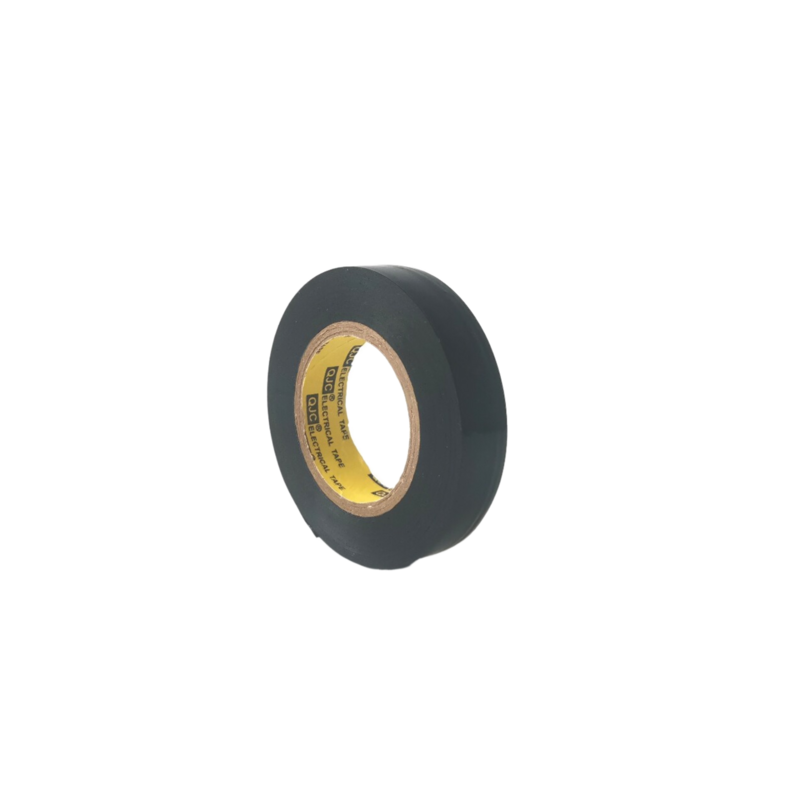The Importance of Hazard Tape for Flooring Safety
In various industries, maintaining a safe working environment is of utmost importance. With many employees navigating through potentially dangerous areas, implementing safety measures becomes essential. Among these measures is the use of hazard tape, a vital component for ensuring floor safety and preventing accidents.
Hazard tape is a type of adhesive tape that serves as a visual warning or indicator of potential hazards in a workspace. Typically available in bright colors like yellow or red, often with striking black stripes, it is designed to attract attention and warn workers of impending danger. When applied to floors, it acts as a clear delineation of hazardous zones, ensuring that personnel remain aware of their surroundings.
The Importance of Hazard Tape for Flooring Safety
Furthermore, hazard tape is instrumental in managing pedestrian traffic. In high-traffic areas, such as warehouses or factories, properly marked walkways can help direct the flow of personnel, minimizing the chance of accidents. When employees know where to walk and where not to tread, the likelihood of collisions, particularly with moving equipment, decreases substantially.
hazard tape for floor

In addition to preventing accidents, using hazard tape also fulfills legal and safety compliance requirements. Many regulatory bodies mandate that workplaces maintain clear safety markings, and failing to comply can lead to penalties or increased insurance costs. By utilizing hazard tape effectively, businesses can ensure that they meet these regulations while simultaneously fostering a culture of safety among their workers.
Another significant advantage of hazard tape is its versatility and ease of use. Unlike permanent floor markings, hazard tape can be easily applied, repositioned, or removed as necessary. This adaptability allows businesses to quickly respond to changing safety needs. For instance, if a temporary hazard arises, such as a spill or maintenance work, hazard tape can be used promptly to indicate the danger without the need for extensive modification to the floor's surface.
Moreover, hazard tape can also be used creatively for communication. By implementing different colors and patterns, companies can establish a system of signals that convey specific messages. For example, yellow hazard tape may indicate caution, while red tape can signal a more imminent danger. This can enhance the overall safety protocol, making it easier for employees to recognize the level of risk associated with a given area.
However, while hazard tape is an excellent tool for promoting safety, it’s important to remember that it should not be the sole safety measure. Regular training sessions for employees about the correct interpretation and adherence to hazard markings are essential. Additionally, employers must ensure that maintenance routines are in place to inspect the condition of the tape, replacing any that has worn out or lost its visibility.
In conclusion, the implementation of hazard tape for flooring safety is a straightforward yet effective solution to enhance workplace safety. By marking hazardous areas, managing pedestrian traffic, ensuring compliance with safety regulations, and allowing for adaptability, hazard tape serves as an indispensable resource for any organization. Ultimately, prioritizing safety in the workplace not only protects employees but also contributes to a more productive and efficient working environment. Investing in resources like hazard tape is a step toward fostering a culture of safety that benefits everyone.
-
XIANGFAN Rubber Tape-Ultimate Solutions for All Your Insulation NeedsNewsJun.24,2025
-
XIANGFAN Rubber Tape-Protection for Industrial and Residential ApplicationsNewsJun.24,2025
-
XIANGFAN Rubber Tape: Superior Safety and Sealing for Demanding EnvironmentsNewsJun.24,2025
-
XIANGFAN Rubber Tape: Reliable Solutions for Every Electrical ChallengeNewsJun.24,2025
-
XIANGFAN Electrical & Industrial Tape: Powering Reliability Across IndustriesNewsJun.24,2025
-
XIANGFAN Electrical & Industrial Tape: Excellence in Every ApplicationNewsJun.24,2025
